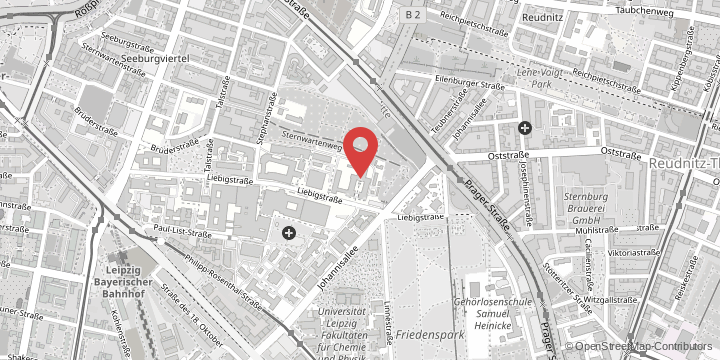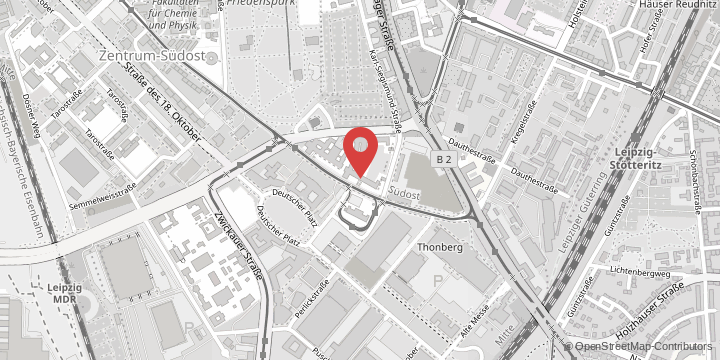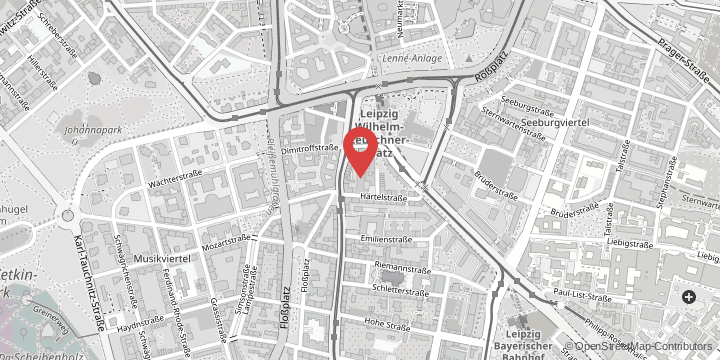Originally four aerial campaigns were planned during the MOSAiC expedition – two in the spring, and two in the summer. But due to the coronavirus pandemic, the spring flights had to be cancelled. Accordingly, the 26 researchers and technicians involved in the flights can’t wait to get started. “We’re extremely relieved that our two summer campaigns are going to continue despite the coronavirus pandemic, and we’d like to thank both the Government of Norway and the Governor of Svalbard in advance for the great collaboration. Without their support, a research undertaking of this scale simply wouldn’t have been possible under current conditions,” said atmospheric researcher and campaign leader Dr Andreas Herber from the Alfred Wegener Institute for Polar and Marine Research (AWI).
How do clouds form in the Arctic?
The German research aircraft Polar 5 and Polar 6 are the first two ‘foreign’ aeroplanes on Svalbard since the lockdown. Based at Svalbard Airport, they will fly over the Central Arctic, with each flight taking between four and five hours. The readings taken will focus on two key scientific questions: the participating atmospheric researchers want to better understand how clouds form over the Arctic Ocean, and what part aerosol particles and eddies play in the process. To help them do so, the experts have equipped Polar 5 with a diverse range of meteorological instruments, including a LIDAR system, a photometer and numerous radiometers.
Thanks to previous research, we now know that clouds are essential to the rapid warming of the Arctic. But modern atmospheric models tend to underestimate clouds’ influence and aren’t yet able to simulate it accurately. Consequently, the team of researchers, hailing from the Alfred Wegener Institute (AWI), the Universities of Leipzig, Bremen and Cologne, and the German Aerospace Center (DLR), will conduct large-scale surveys of the air masses over the Arctic Ocean and examine all factors that are relevant for cloud formation in detail. In addition, the plan is for the aircraft to follow the same route as the research icebreaker Polarstern; this approach will allow the data gathered in the air to complement the MOSAiC research conducted on board the ship and on the sea ice. “By performing these measurements, we want to pinpoint a weakness in the prediction models we currently use. Up to now, models have not been able to represent the formation of clouds in the Arctic with sufficient accuracy. Our task now is to measure cloud formation in air masses along their path towards the Polarstern. We then compare the measured data with model calculations running in parallel, in order to identify the parameters in the models that have so far prevented the models from providing a reliable description of clouds,” said Professor Manfred Wendisch from the Institute for Meteorology at Leipzig University.
At the same time, the monitoring data will be used in the Transregio Collaborative Research Centre “Arctic Amplification (AC)3”. There a research team led by Wendisch have been exploring climate change in the Arctic for the past four years. Measurement campaigns performed in recent years have shown that whether there is sea ice or open water beneath the clouds has a significant influence on ground-level air temperature. “In our latitudes, deep clouds have a mainly cooling effect. This is not the case in the Arctic, where they warm the air above the ice. Our previous measurements have shown that clouds over sea ice warm the environment more than is predicted by models,” said Wendisch, summarising past results.
Was the ice encountered during MOSAiC generally thick or thin?
Whereas Polar 5 will focus on the atmosphere, the sea-ice physicists on board Polar 6 will concentrate on the thickness of sea ice on the Arctic Ocean. The self-declared goal of their campaign is to document the thickness and surface characteristics of sea ice in Fram Strait and the central Arctic Ocean. To do so, they’ll chiefly rely on the EM-Bird – a torpedo-shaped electromagnetic measuring system, which is towed behind and beneath the plane at a height of 15 metres.
The two aircraft took off for the first time for survey flights in the Central Arctic on Sunday, 30 August 2020. The scientists are scheduled to return in the third week of September.






























































